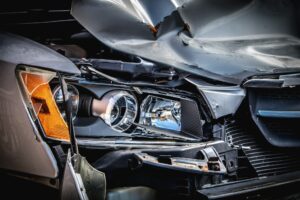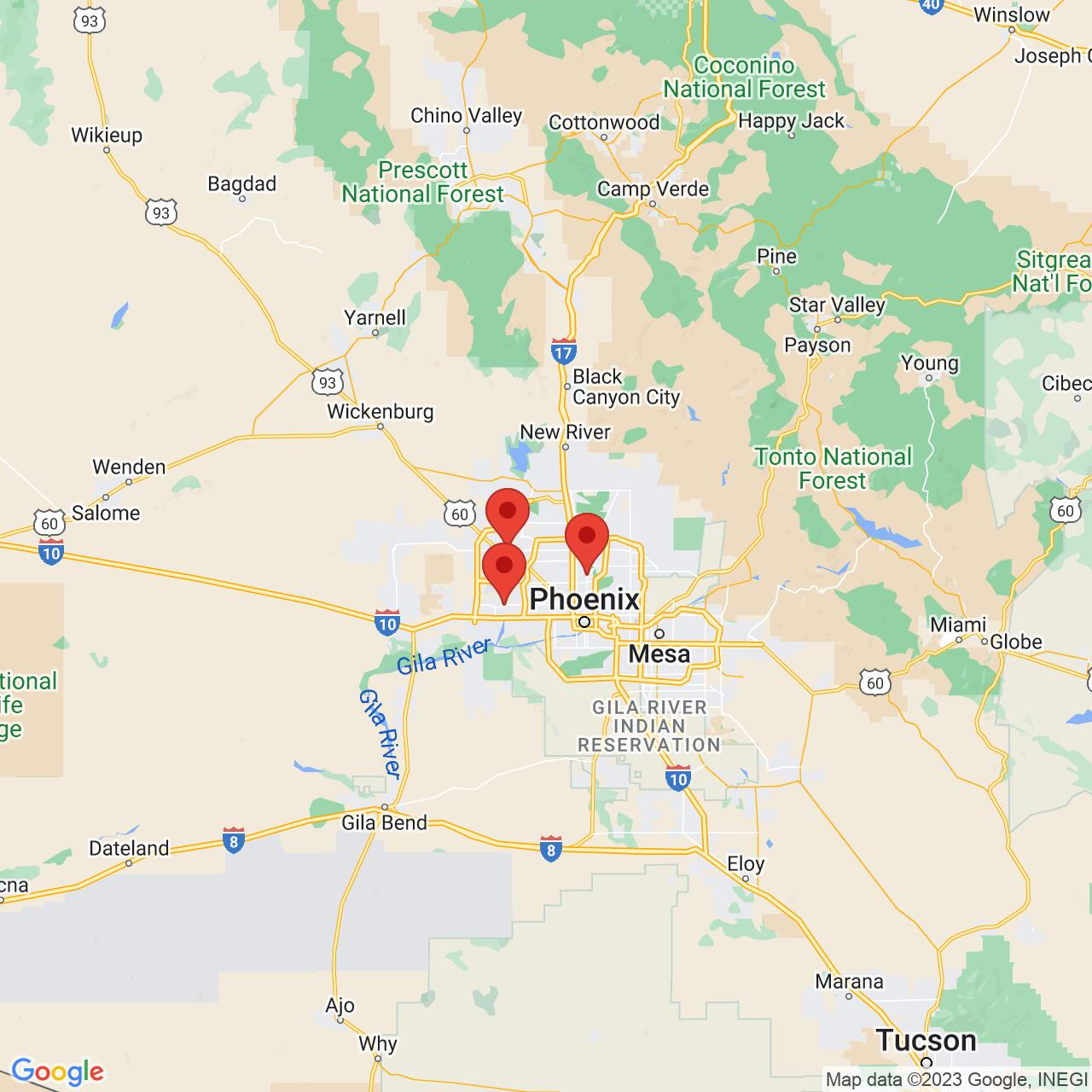Why Gerber Injury Law
Choosing A Lawyer

Comparative Negligence in Arizona Car Accidents
Being in a car accident can be devastating. It can leave you with property damage, a range of physical injuries, and even emotional trauma. In

The Role of Witnesses in Car Accident Claims
One of the most important aspects of filing a car accident claim is making sure you have enough evidence to prove who was at fault.

Recovering Compensation for Emotional Damage After a Car Accident
After a car accident, most people assume that the worst injuries will be the visible ones that require hospital treatments and physical therapy sessions. While

Statute of Limitations for Car Accident Claims in Arizona
Arizona is a great state in which to spend time on the road. With sweeping landscapes and year-round sunny weather, you may find yourself itching

Calculating Damages in a Phoenix Car Accident Case
An average of 85,970 car accidents occur in Maricopa County each year. A large number of these accidents happen in Phoenix. Accidents can happen for

Defective Auto Parts and Product Liability in Car Accidents
Car accidents happen every day. In Arizona, there are approximately 120,000 vehicle crashes each year, with 30% of these resulting in injuries. If you’ve been

A car accident can be damaging and confusing. Picking up the pieces afterward requires some knowledge of how the car accident insurance process works. For example, it will be up to you – the injured victim – to prove your injuries and losses to the other driver’s insurance company, as well as to demonstrate clear and convincing evidence of the other driver’s fault. Photographic evidence can be one of the best tools at your disposal for proving a car accident claim.
Start Right Away
An insurance company will be unable to argue with photographic evidence. A picture can provide hard, indisputable proof that an element existed at the crash site, such as the pothole you are claiming popped your tire or the open alcohol container you noticed in the other driver’s cupholder. Take as many photographs as you can while still at the scene of your car accident. Immediately taking photographs of the crash scene with your camera or smartphone can preserve important evidence that may be gone later, such as the weather at the time of the accident.
Turn On the Date and Time Feature
Before you take any photographs of the crash scene, turn on the time and date feature on your digital camera, if possible. If you are using a smartphone, it should document the date and time for you automatically. Capturing the time and date can prove to an insurance company when you took the photos. While taking pictures at the scene immediately after the crash is ideal, you can also return to the scene in the days following the accident if you were too injured or distraught to capture photographs on the day of. Return as soon as you can, however, to try to capture evidence that may be gone later.
Take as Many Photos (and Videos) as Possible
Be generous in the number of photographs you take. You cannot have too many photos of the car accident. Plenty of photos can help an expert reconstruct how your accident happened, as well as a lawyer prove the other driver’s fault. If you are able, take pictures of every relevant detail while at the crash scene, from as many different angles and distances as you can. Capture close-up shots of fine details as well as landscape shots of the whole scene from farther away. Take videos while at the scene as well for additional coverage. If you cannot take the photos yourself, ask someone you trust to do so for you. Calling the police can also result in official photographs being taken of the crash scene.
Do Not Use Filters
Do not change, edit or tamper with the accident photos. Do not apply filters or use special modes to take the photos, such as Portrait Mode or Panorama. Keep the photos plain, simple and as loyal to the true state of things as possible. Doctored photos may be unusable, as a defendant may allege that you intentionally changed them to hide evidence. This could call your reliability as a witness into question. Only use your flash when you need to for more detail. Make sure to hold the camera steady to capture clear, nonblurry images of the crash scene.
Photograph All Relevant Details
If you are not sure what to take pictures of, capture everything. It is better to have to sort through too many photos than to miss a vital detail. In general, your focus should be on capturing your damages and injuries, as well as any evidence that may point to the cause of the crash.
- Property damages
- Personal injuries
- Tire marks on the road
- Loose rubble
- Obscured roadway sign
- Missing guardrail
- Food wrappers in the other driver’s front seat
- License plates of both vehicles
- General environment
- Snow or ice on the ground
Continue documenting your injuries as they heal through photographs. Pair this with an injury journal, where you document your thoughts and feelings related to the car accident. Then, take your documents, evidence and photographs to a Phoenix auto accident lawyer. An attorney will let you know if you have grounds for a claim. If so, your lawyer can use your photographs to prove fault. The pictures you take could be instrumental in enabling you to recover fair compensation.


